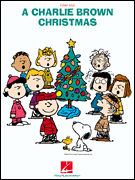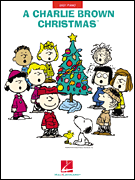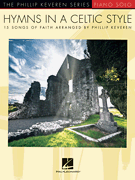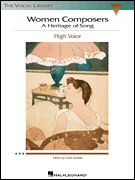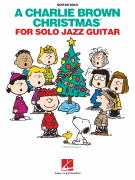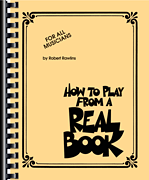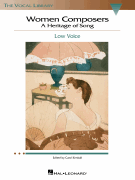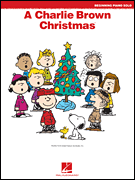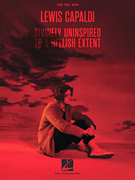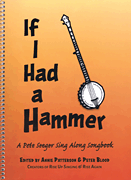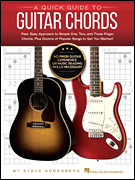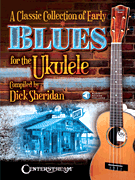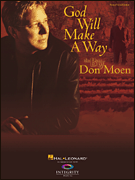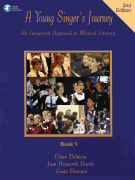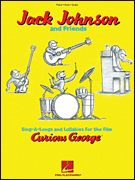Search Results for: “Sing A Song”
Loading...
Sing A Song Of Sixpence View 25 Products
Sing A Song View 16 Products
Sing A Song Of Sixpence View 15 Products
Sing, Rejoice A Song Of Praise View 11 Products
O Sing A Song Of Bethlehem View 9 Products
Sing A Joyful Song View 7 Products
I Have A Song To Sing View 6 Products
Sing A Mighty Song! View 6 Products
Sing A Simple Song View 6 Products
Come, Sing A Song With Me View 5 Products
Sing A New Song! View 4 Products
Sing-A Sing-A Ling View 4 Products
Sing A New Song View 4 Products
Sing Me A Song Of The Saddle View 4 Products
I'll Make The Difference (A Song Of Hope For Singers Around The World) View 3 Products
I've Got A Song To Sing View 3 Products
Sing A Smiling Song View 3 Products
Sing A Happy Song View 3 Products
Make A Song For My Heart To Sing View 2 Products
Cantate Domino, Sing A New Song! View 1 Product
You'll Sing A Song And I'll Sing A Song View 1 Product
Singin' A Pirate Song View 1 Product
Sing We A New Song View 1 Product
Sing To Him A Song Of Love View 1 Product
